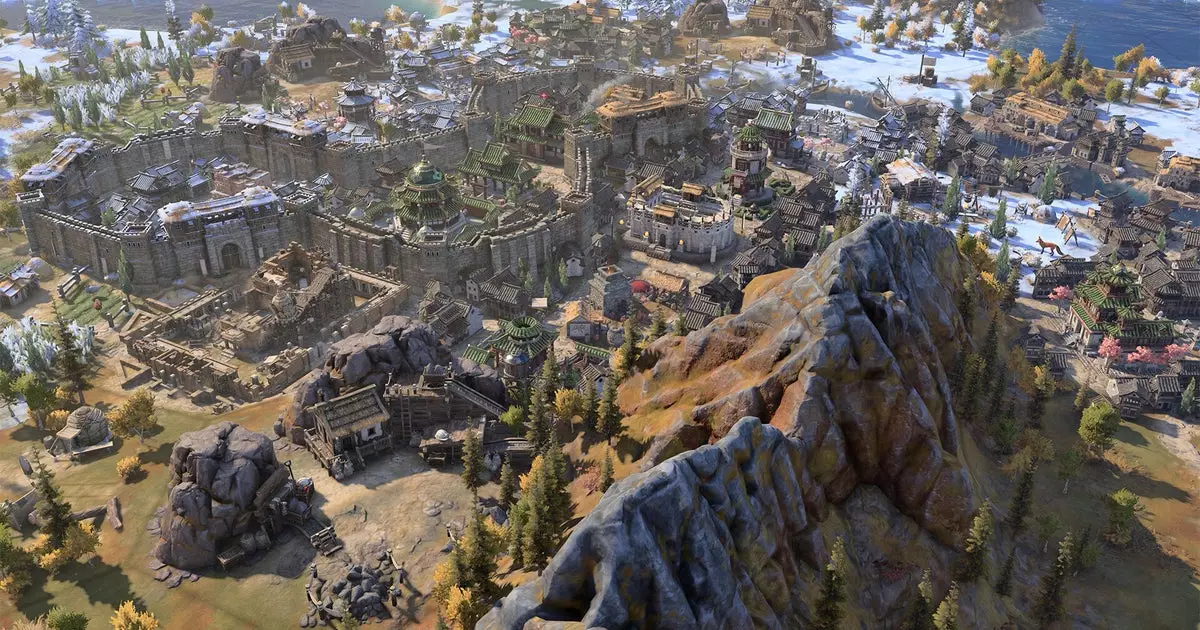As the gaming world collectively anticipates the next update for Civilization 7, the recent announcement from Firaxis stirs excitement among players. Scheduled for April 22nd, this update promises an array of significant changes designed to revitalize the experience. However, while the anticipation is palpable, it also warrants a closer examination of the motivations and implications behind these adjustments, which could influence player engagement and strategy significantly.
A Game Changer: Resource Revitalization
One of the standout features in the upcoming update is the introduction of ten new resources, complete with narrative events that are poised to enhance gameplay depth. This is not merely a cosmetic change; the new randomized resource generation system is particularly compelling. It adds a layer of unpredictability that promises to enrich exploration and strategy. However, there’s a risk here too. Veteran players may find themselves at a disadvantage as they grapple with unfamiliar resources that could reshape long-standing strategies. The decision to restrict certain resources to specific continents or hemispheres is particularly intriguing, as it encourages geographic strategy and exploration. Still, whether this will effectively make maps feel more distinct and engaging remains to be seen.
Rethinking Food Production
Food production and management have long been areas of contention among Civilization players. Firaxis’s recognition of an apparent imbalance in the rural population and food mechanics demonstrates the developers’ commitment to player feedback. By making population growth smoother and more achievable, especially in later ages, the game promises to encourage deeper engagement with the rural economy. However, part of me wonders if simply tweaking the mechanics is enough. While more balanced growth is appealing, will it fundamentally change how players interact with this aspect of the game, or simply ease the gameplay flow? The answer to this could determine the update’s long-term success in maintaining player interest.
New Modes and Features: Keeping the Experience Fresh
The introduction of an endless play mode through the “Just One More Turn” option is nothing short of brilliant. It aligns perfectly with the addictive nature of the series, inviting players to engage consistently beyond the usual campaign boundaries. Additionally, the return of Teams Multiplayer is a welcome nod to past iterations, fostering community interaction. Yet, one must question whether these features will attract new players or primarily cater to the seasoned veterans who are already deeply entrenched in the Civilization universe.
Civvers Embrace the Evolving Narrative
As Firaxis commits to refining gameplay experiences with quality-of-life improvements and reduced natural disasters, the overarching narrative of Civilization 7 continues to evolve. Each patch not only enhances gameplay but also redefines how players perceive and interact with their civilizations. The inclusion of auto-explore and new map types in future updates could further deepen this experience. For now, though, the real challenge lies in whether the new adjustments can capture the vulnerable balance between innovation and preserving what made the series so beloved in the first place.
The gaming community awaits the April 22nd update with a mix of excitement and skepticism, knowing that while change is essential for growth, it must align with the core aspects that define Civilization’s charm. Will these changes elevate the series to new heights, or will they risk alienating dedicated players? Only time will tell, but what’s certain is that Civilization 7 is on the brink of transformation, and players are eager to take part in this new journey.


Leave a Reply
You must be logged in to post a comment.